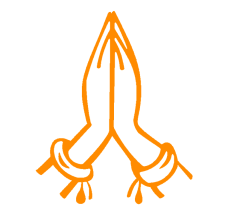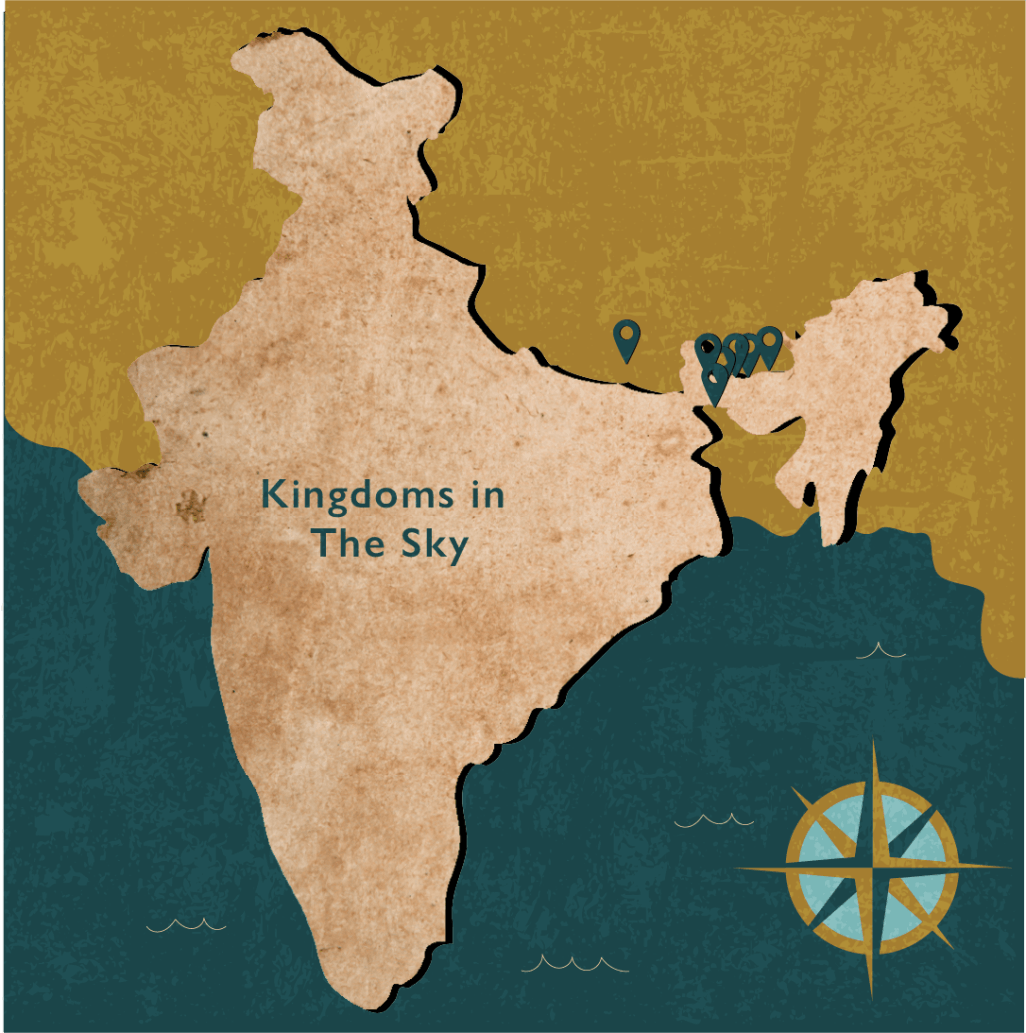



Arrive Kathmandu by an international flight. After clearing immigration and customs formalities you are met by a representative from First Tours India and transferred to Hotel Yak & Yeti, a premier deluxe hotel in the heart of Kathmandu. Nepal, officially called the Federal Democratic Republic of Nepal is a landlocked country in South Asia and is the world's youngest republic. Nepal has been a monarchy throughout its history. However, a decade long People's Revolution culminated in a peace accord and the ensuing election for the constituent assembly voted overwhelmingly in favor of the abdication of the last Nepali Monarch and establishment of the Federal Democratic Republic in May 2008. Nepal is known for its exquisite natural beauty, with the iconic Himalayas running across the northern and western part of the country. Eight of the ten highest mountains in the world, including Mount Everest, reside within its borders.
Hotel Yak & Yeti

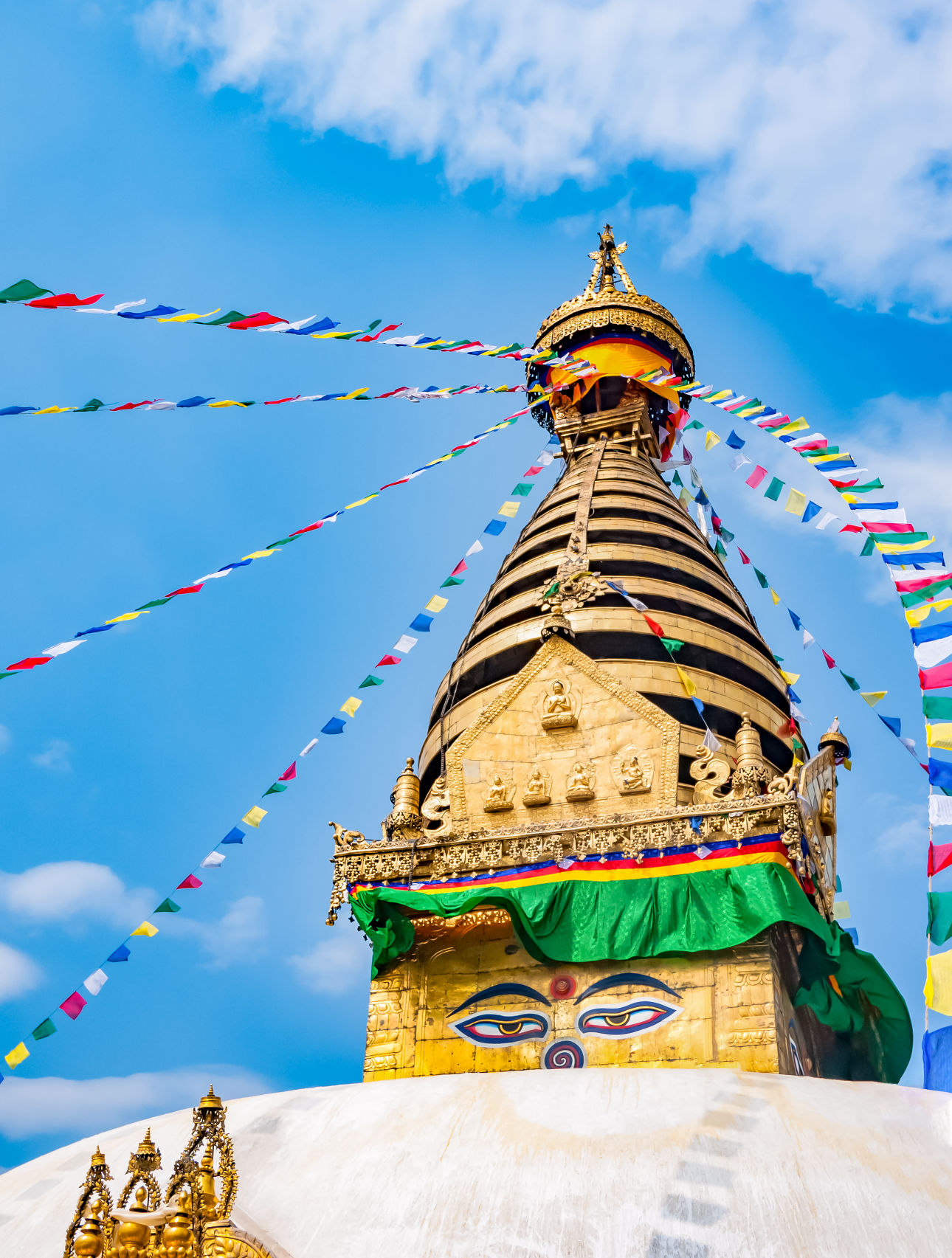
Early this morning and weather permitting enjoy an unforgettable pleasure of flying alongside the highest mountain peaks of the Himalayan chain. Among the many stands Mt. Everest, at 29,028 feet the highest mountain on Earth. The Mt. Everest flight is an optional activity. Return to hotel and enjoy the rest of the morning at leisure. This afternoon explore Kathmandu valley, the cultural and political hub of Nepal. Ancient temples, old palaces and 15th century homes dominate the look of the city. Start your cultural tour of Old Kathmandu, once called Kantipur, "City of Bliss" at Durbar Square. Historians believe Kathmandu acquired its name from the three-story Kasthamandapa, a wooden temple at the south west corner of the square. There are many old temples and palaces including the profusely decorated palace of the Living Goddess Kumari, Hanuman Dhoka and the Royal palace are located here. It is here the kings of Nepal are crowned and the coronations solemnized. Proceed to Swayambhunath located on a hill east of Old Kathmandu. Swayambhunath is affectionately called Monkey temple by the Nepalese. The Swayambunath complex consists of a Stupa, a variety of shrines and temples including a Tibetan monastery, a museum and a library. The Stupa has the all-knowing eyes of the Buddha painted.

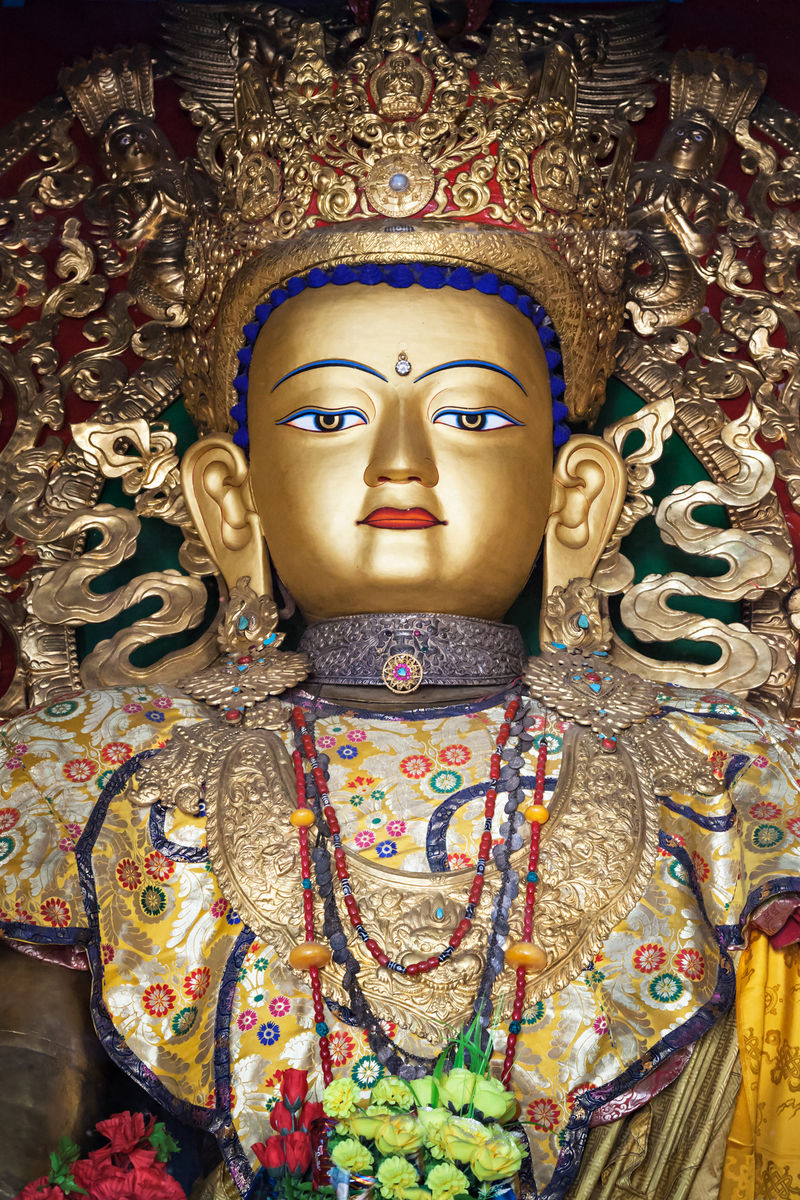
Today enjoy an excursion to Bhadgaon or Bhaktapur, 10 miles east of Kathmandu. It is the home of traditional art and architecture, historical monuments and craft works, magnificent windows, pottery and weaving industries, excellent temples, beautiful ponds, rich local customs, culture, religion, festivals, musical mystic and so on. Durbar Square, Taumadhi Square and Dattatreya Square are the main attractions of the city. The main square called the Durbar Square houses 55-windows palace constructed by the Malla Kings. The palace was home to royalty until 1769 and is now a National Gallery. Other attractions are Golden Gate which leads to the Taleju temple dedicated to goddess Taleju Bhawani. The Durbar square is surrounded by spectacular architecture and vividly showcases the skill of the Newari Artists and craftsmen over several centuries. Return to Kathmandu en route visiting Patan, the oldest of the three ancient kingdoms in Kathmandu valley that were ruled by the Malla kings. Patan is known for its cultural heritage particularly its traditional arts and crafts. The most important monument in the city is Patan Durbar Square which has been listed by UNESCO as one of the seven Monument Zones that make up the Kathmandu Valley World Heritage Site.

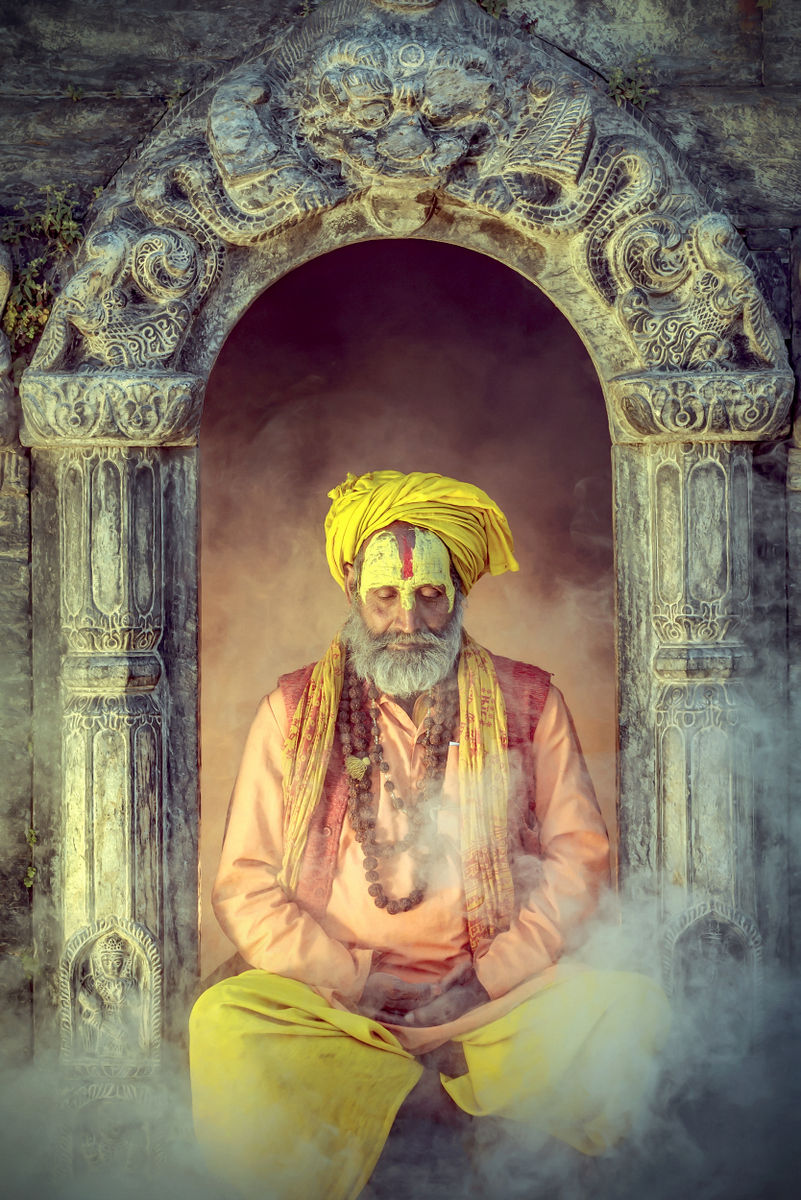
Fly to Bhadrapur in the morning and drive 5 hours through misty green tea gardens and scattered villages to Darjeeling. The name Darjeeling derives from the monastery of Dorje Ling, meaning Place of the Thunderbolt which once stood on the Observatory Hills. In 1849, the British annexed the area and Darjeeling became a part of British India. The Darjeeling Himalayan Railway was opened in 1881 and the town became the de-facto summer capital of India during the days when the Raj was governed from Kolkata. Today, much of Darjeeling's Raj splendor is still in evidence and contrasts with its Tibetan, Nepali and Bengal character. Arrive Darjeeling and check-in to the most celebrated of Darjeeling's hotels, The Windamere. Situated on the historic Observatory Hill, a Darjeeling landmark, the hotel overlooks the Chowrasta, the town's exclusive promenade. From Observatory Hill, one can glimpse Tibet, Bhutan, Nepal and Sikkim against a stupendous backdrop of twenty of the highest mountain peaks in the world.
Windamere Hotel


Early morning enjoy an excursion to the Tiger Hill before dawn to see sunrise over the Mt. Kanchenjunga, India's highest peak. Return via Ghum Monastery built by Lama Sherab Gyatso in 1875. It is the largest of the three monasteries in Ghum and follows the Gelugpa or Yellow Hat sect of Tibetan Buddhism. There is a 15-feet high statue of Maitreya Buddha and images of Buddha's disciples, Chenrezi and Chongapa in the monastery. It also has murals of Buddhist deities and beautiful frescos in the prayer hall. Later in the afternoon visit Tibetan Refugee Self-help Centre, a rehabilitation centre for the Tibetan refugees in the Darjeeling Himalayan hill region. Located at hillside Lebong in Darjeeling, it was established on 1st October 1959. The centre's main activity is production of Tibetan handicrafts. Also explore the heart of Victorian Darjeeling, the Mall, the Planter's club and Happy Valley Tea Estate, the Himalayan Mountaineering Institute, Everest Museum and Himalayan Zoological Park which houses rare Himalayan animals like snow leopards, Siberian tigers and red pandas.

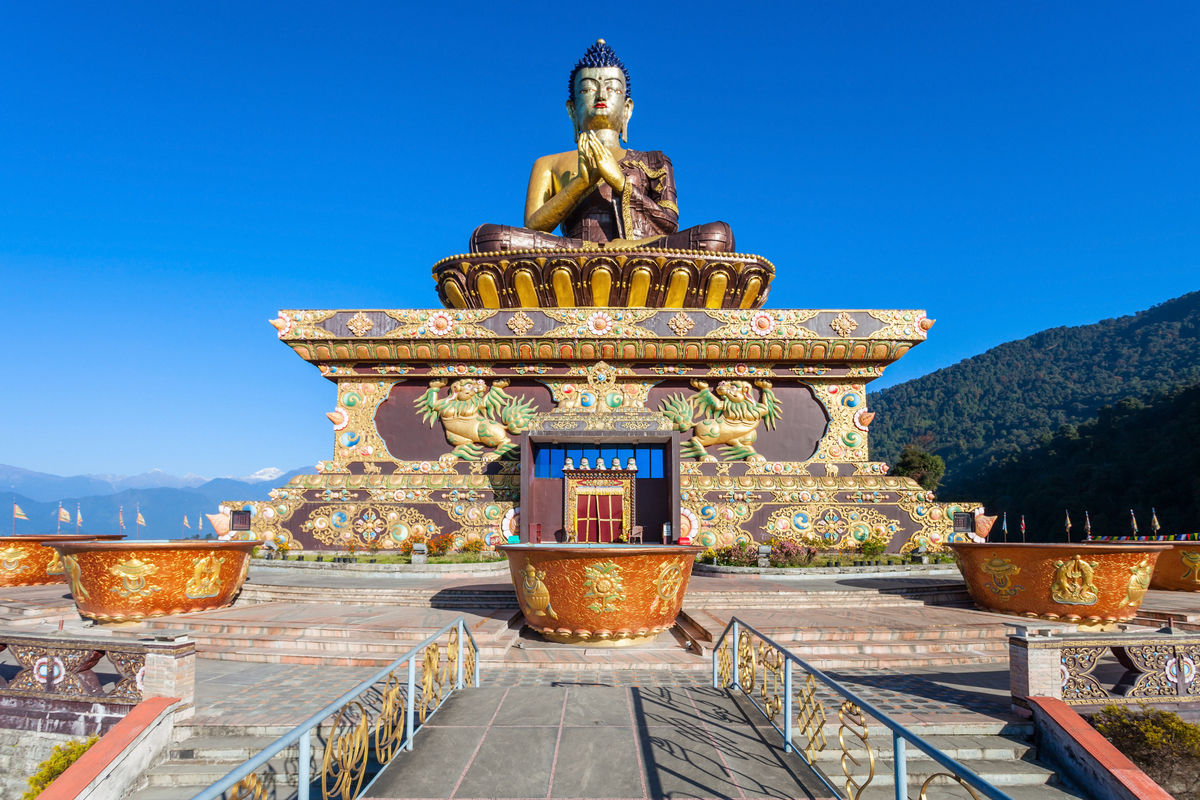
Drive overland through the steep hills and valleys carpeted with tea bushes to Gangtok, the capital of Sikkim. Situated on a high ridge at an altitude of 5,840 feet, Gangtok spills precariously down the ridge where Lepchas live alongside Tibetans, Bhutias, Nepalis and Indians from the plains. The bustling streets of Gangtok are lined with brightly painted pagoda roofed houses. Sikkim was an independent state with deep cultural ties to its northern neighbor Tibet until 1975, when its people voted for a merger with India. Arrive Gangtok and check-in to Elgin Nor-Khill Gangtok. Built by the King of Sikkim in 1932, it is the oldest luxury heritage hotel in Gangtok.
Elgin Nor-Khill Gangtok

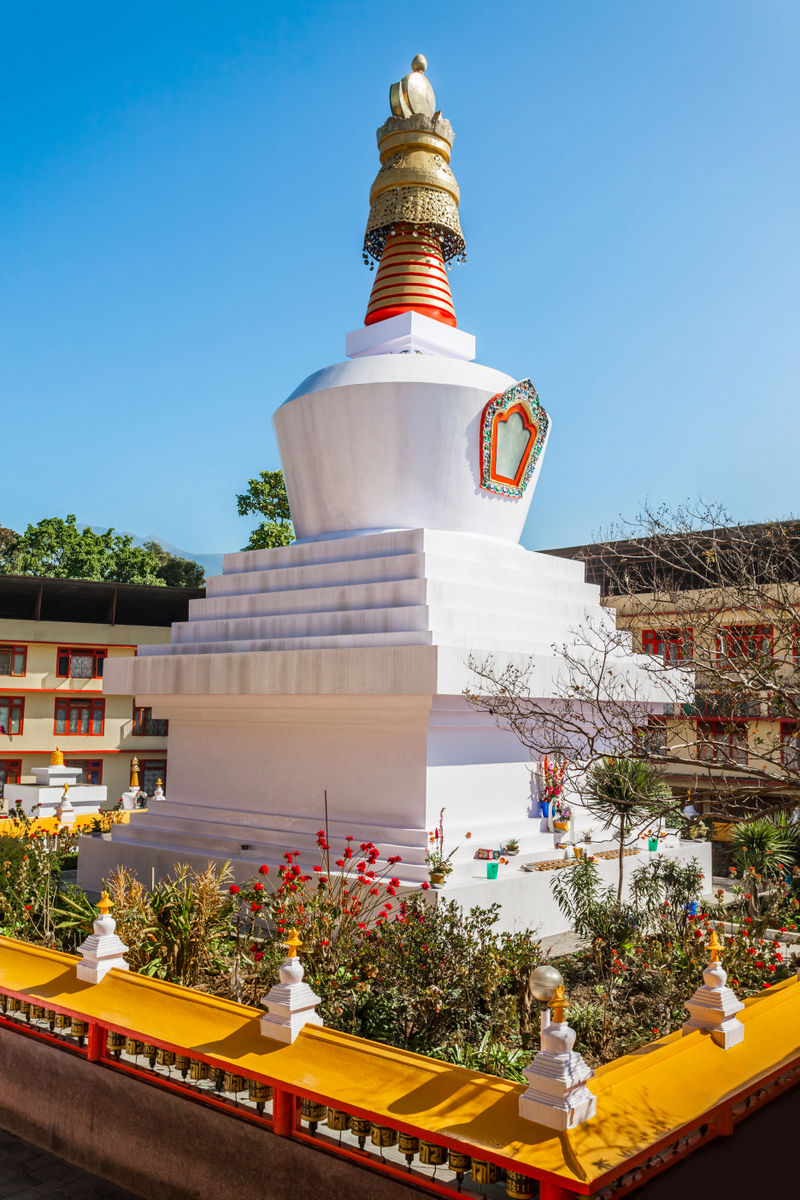
Drive 15 miles southwest of Gangtok to Rumtek Monastery, one of the few Tibetan Monasteries outside of Tibet. It is the headquarters of the Kagyupa (Black Hat) sect, one of the oldest Tibetan Buddhist sects and the seat of its head, the Gyalwa Karmapa. Rumtek is an impressive complex filled with treasures brought from the monasteries in Tibet. The carvings and wall hangings of the monastery are remarkably fine and highly prized works of art. Especially splendid is the reliquary chorten of the 16th Karmapa made of silver and gold and studded with corals, amber and turquoise. Later visit the Research Institute of Tibetology, a museum of medieval Buddhist scriptures, ritual objects, bronzes and embroidered thangkas. After lunch visit the fascinating Government Institute of Cottage Industries where tribal Sikkimese produces traditional handicrafts including handloom weaving, woodcarving, thangka painting and carpet-weaving. Later visit the early 20th century Enchey Monastery, whose large prayer hall is full of murals and images representing the pantheon of Mahayana Buddhist deities. End the day with a visit to the colorful markets of Sikkim.

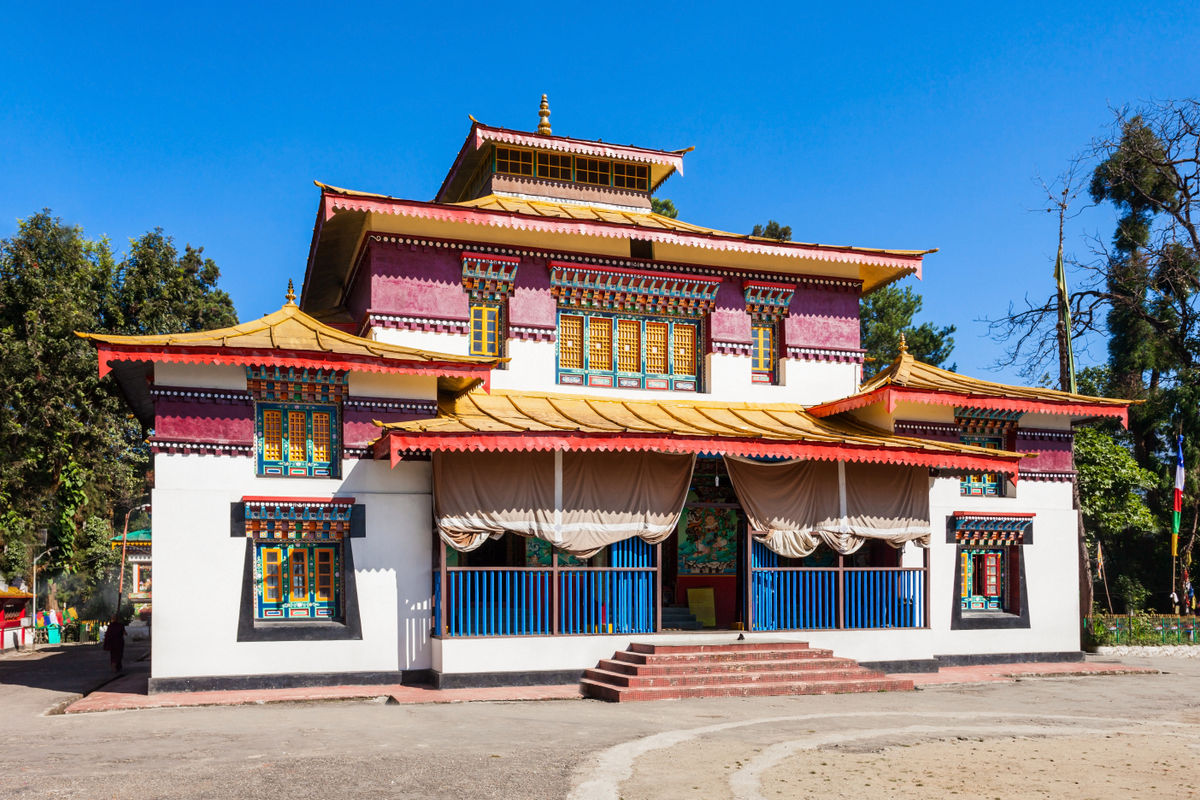
Leave Gangtok after breakfast and enjoy a spectacular drive through rolling hills covered with paddy fields and steep valleys to the border town of Phuntsholing. It is the second largest town in Bhutan and lies opposite the Indian Town of Jaigaon. After clearing immigration and customs formalities you are met by our representative and transferred to Hotel Druk.
Hotel Druk

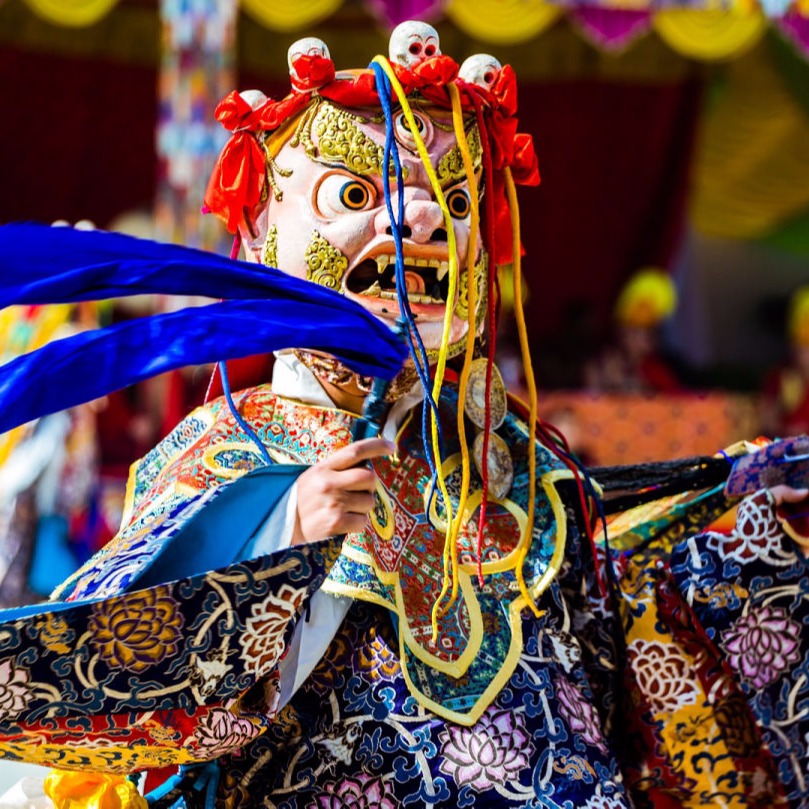
After a leisurely breakfast drive 110 miles in 6 hours through spectacular mountain views and peaceful countryside to Thimphu, the modern capital city of Bhutan. En route, stop at Kharbandi Goemba. Situated at an altitude of 1,300 feet and surrounded by gardens of tropical plants and flowers this beautiful monastery was built in 1967 by Royal Grandmother. After sightseeing, continue drive to Thimphu. On arrival check-in to Phuntsho Pelri situated at the heart of town with easy access to all commercial centers, Textile Museum, National Library and other heritage tourist sites. The hotels most striking features are its interior, a fusion of traditional Bhutanese architecture and spacious modern design.
Phuntsho Pelri

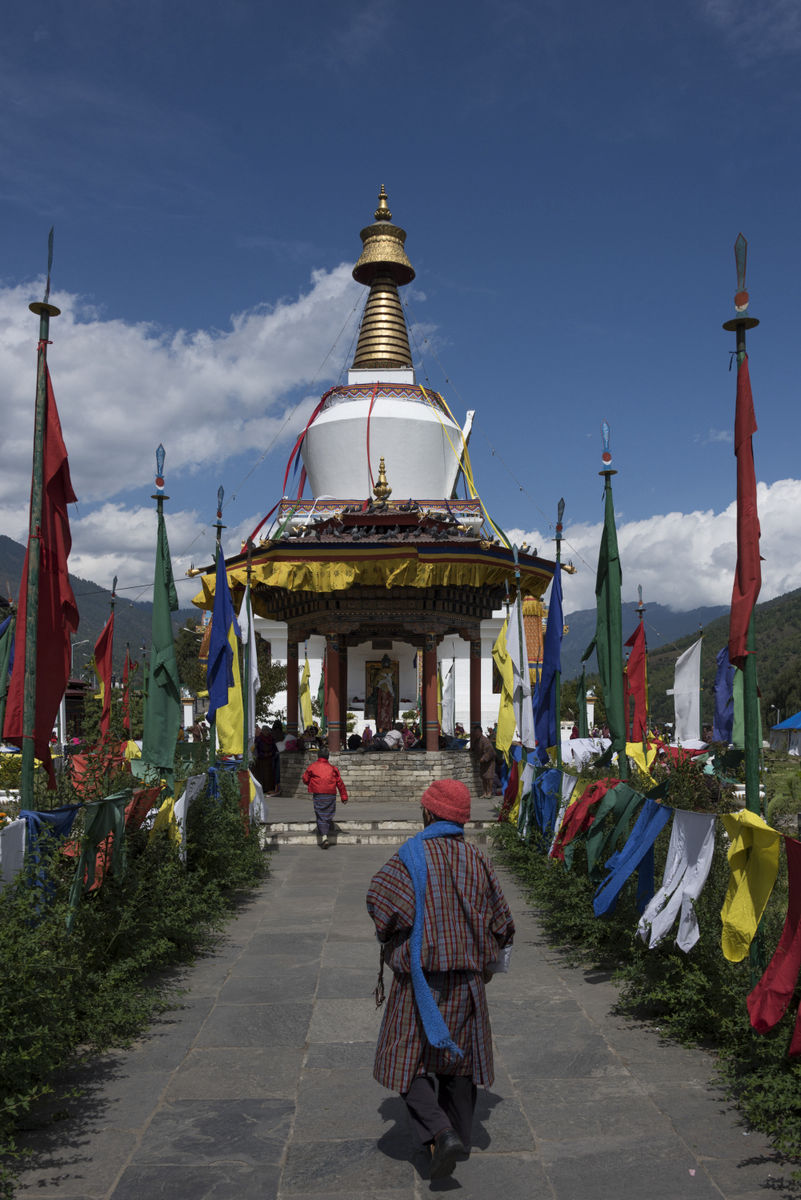
Begin touring of Thimphu visiting King's Memorial Chorten continuously circumambulated by people, murmuring mantras and spinning their prayer wheels. Construction of this landmark was the idea of Bhutan's third king, His Majesty Jigme Dorji Wangchuk "the father of modern Bhutan" who has wished to erect monument to world peace and prosperity. Completed in 1974 after his untimely death, it serves both as a memorial to the Late King and as a monument to peace. Also visit Trashichhoedzong "fortress of the glorious religion". This is the center of government and religion, site of monarch's throne room and seat of Je Khenpo or Chief Abbot. Built in 1641 by the political and religious unifier of Bhutan, Shabdrung Ngawang Namgyal, it was reconstructed in 1960s in traditional Bhutanese manner, without nails or architectural plans. In the afternoon visit the National Library housing an extensive collection of priceless Buddhist manuscripts; the Institute for Zorig Chusum, commonly known as the Painting School, where students undergo a 6-year training course in Bhutan's 13 traditional arts and crafts. Later visit Textile and Folk Heritage Museum, a fascinating testimony of the Bhutanese material culture and living traditions. Evening visit the government-run Handicrafts Emporium and local crafts shops, to browse through example of Bhutan's fine traditional arts. Here you can buy hand-woven textiles, thangkha paintings, masks, ceramics, slate and wood carvings, jewelry, interesting items made from local materials.

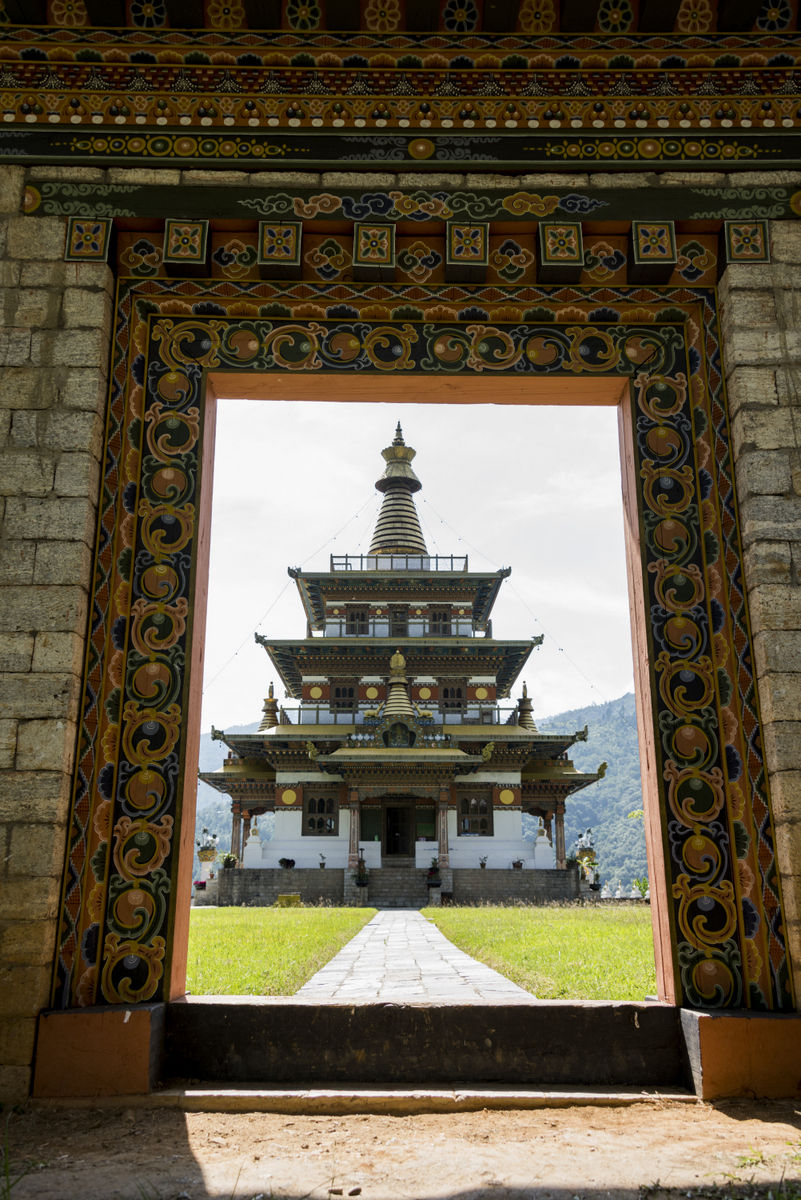
In the morning drive 45 miles through the picturesque valley of Punakha. En route stop at Dochu-la pass to take in the view and admire the chorten, mani wall, and prayer flags which decorate the highest point on the road. After sightseeing proceed to Punakha and check-in to hotel Zangtho Pelri. Punakha was the capital of Bhutan until 1955 and today it is the winter seat of Je-Khenpo and the Central Monk Body. Bhutan's first King, Ugyen Wangchuck, was crowned here in 1907. In the afternoon visit Punakha Dzong. Built strategically at the junction of Pho Chhu and Mo Chhu rivers in 1637 by Shabdrung Ngawang Namgyal to serve as the religious and administrative centre of the region, Punakha Dzong has played an important role in Bhutan's history. Damaged by four catastrophic fires and an earthquake, the Dzong has been fully restored by the present King.
Zangtho Pelri

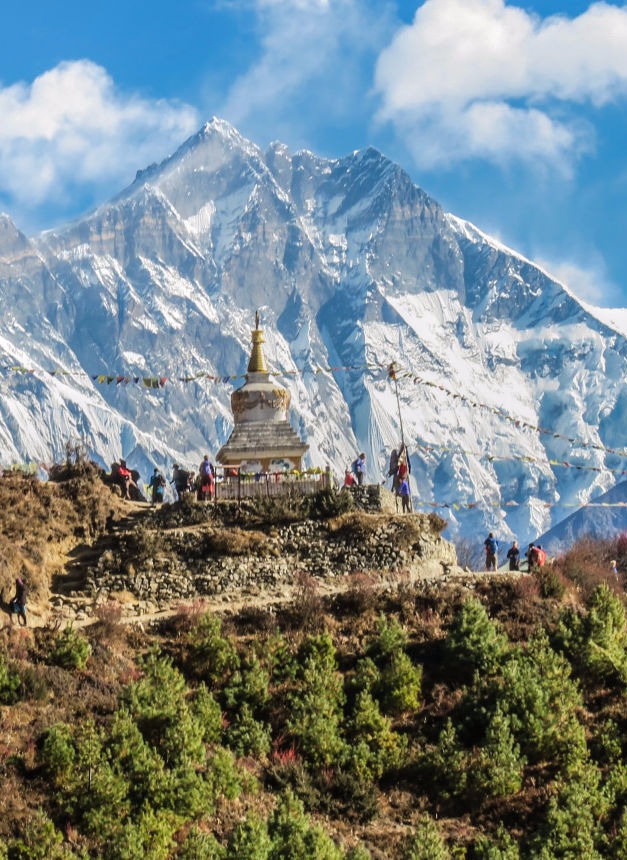
Drive a distance of 75 miles in 4 hours to Paro visiting Simtokha Dzong en route. This dzong built in 1627 by Shabdrung Ngawang Namgyal stands on a low ridge 5 miles down the valley from Thimphu. The Institute for Language and Cultural Studies is located here. The most noteworthy artistic feature of this dzong is the series of over 300 finely worked slate carvings behind the prayer wheels in the courtyard. After sightseeing proceed to Paro and check-in to Hotel Olathang perched atop a hill from where one can have a stunning view of the beautiful Paro valley as well as pristine Paro River gurgling along its course. Afternoon visit Ta Dzong, originally built as Watchtower which now houses the National Museum. Extensive collection of the museum includes antique thangkha paintings, textiles, weapons and armor, household naobjects and a rich assortment of natural and historic artifacts. Later walk down the trail to visit Rinpung Dzong meaning "fortress of the heap of jewels", which has a long and fascinating history. Along the wooden galleries lining the inner courtyard are fine wall paintings illustrating Buddhist lore such as four friends, the old man of long life, the wheel of life, scenes from the life of Milarepa, Mount, Sumeru and other cosmic Mandala.
Hotel Olathang

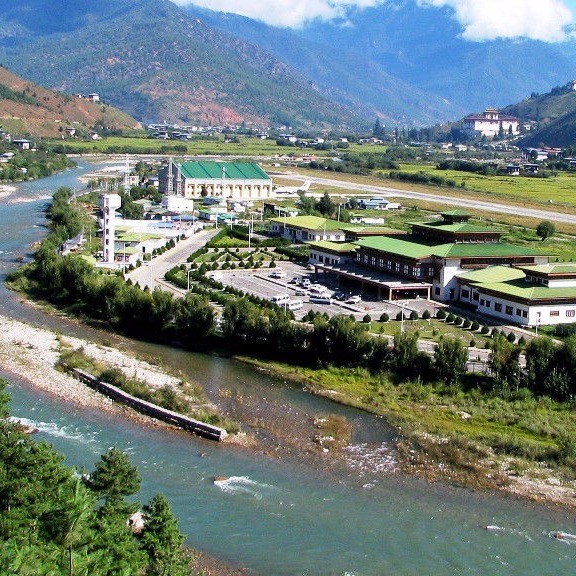
Enjoy an excursion to Taktsang Monastery. It is one of the most famous of Bhutan's monasteries perched on the side of a cliff 2,950ft above the Paro valley floor. It is said that Guru Rinpoche arrived here on the back of a tigress and meditated at this monastery and hence it is called 'Tiger's Nest'. This site has been recognized as a most sacred place and visited by Shabdrung Ngawang Namgyal in 1646 and now visited by all Bhutanese at least once in their lifetime. On 19th April 1998, a fire severely damaged the main structure of building but now this Bhutanese jewel has been restored to its original splendor. Later drive to Drukgyel Dzong, a ruined fortress where Bhutanese warriors fought Tibetan invaders centuries ago. The snowy dome of sacred Chomolhari, "mountain of goddess'' can be seen in all her glory from the approach road to the Dzong. Along the way, visit the 7th century Kyichu Lhakhang, one of the 108 temples built in the Himalayas by Tibetan King, Songtsen Gampo. The building of this temple marks the introduction of Buddhism in Bhutan.


Enjoy a drive through the picturesque Paro Valley with its quaint clusters of hamlets amid terraced paddy fields to Paro airport to board your flight to Kolkata. On arrival, transfer to Taj Bengal, a charming luxury hotel, located in lush green Alipore. The hotel is an oasis of tranquility in the bustling city of Kolkata. In the afternoon, visit Kalighat Kali temple - Kolkata's oldest pilgrimage site and a Shakti Pithas or "holy places of cosmic power". The image of the goddess in the dark inner sanctum is of a wild, untamed figure with tangled tresses and wide ferocious eyes. Her extended tongue has a gold covering which is changed every day. The day ends with a visit to Mother Teresa's Home also known as the home of the pure heart (Nirmal Hriday) that was established by Mother Teresa in 1952 as a hospice to serve the sick, destitute and dying.
Taj Bengal

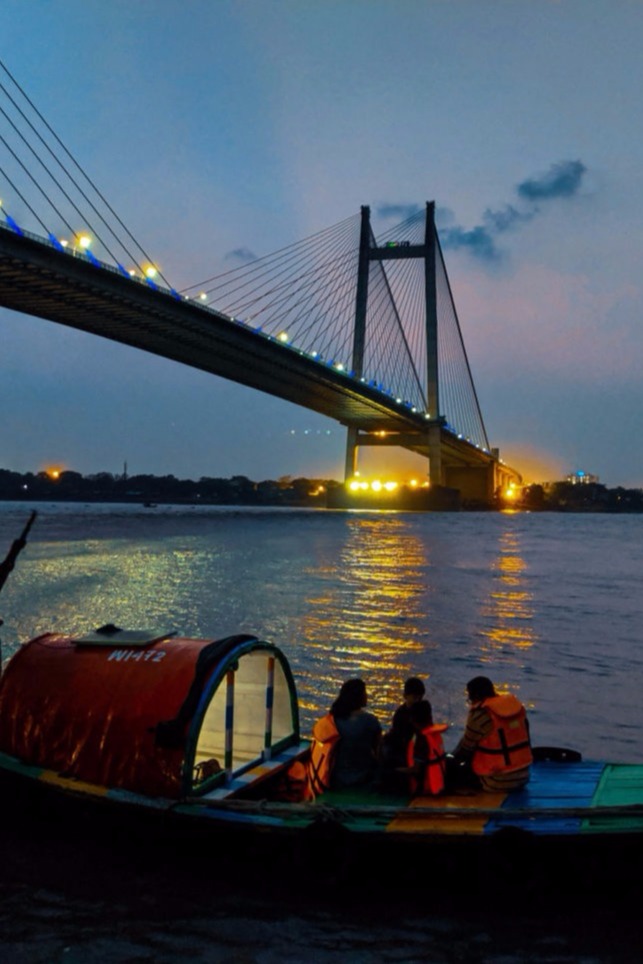
Begin the day with a visit to the flower market and wrestling grounds on the banks of Hooghly River. Afterward visit the Writers' Building, General Post Office, Raj Bhawan, Calcutta High Court and the Town Hall at Dalhousie Square. After visiting St. John's Church proceed towards the north of Kolkata to visit Indian Coffee House at College Street, Kumartuli and the Paresnath Jain temple. Return to the hotel en route visiting the Howrah Bridge - the world's largest cantilever structure. Enjoy sightseeing this afternoon visiting Victoria Memorial, the Raj's finest architectural legacy, named after Queen Victoria. The city's most celebrated landmark was conceived by Lord Curzon, one of British India's most flamboyant viceroys to commemorate the British Empire at its peak. The building was designed by Sir William Emerson and the main attraction is the huge statue of the Young Queen Victoria, which is flanked by two ornamental tanks. Also visit the oldest and largest museum in India, the Indian Museum, founded in 1814. The imposing building designed by Walter Granville is noted for its impressive collection of artifacts from the 2,500 BC Indus Valley Civilization, sculpture from Gandhara, the superbly sculpted railings from the 2,000-year old Bharhut Stupa and a fine collection of 5th-century Gupta coins.

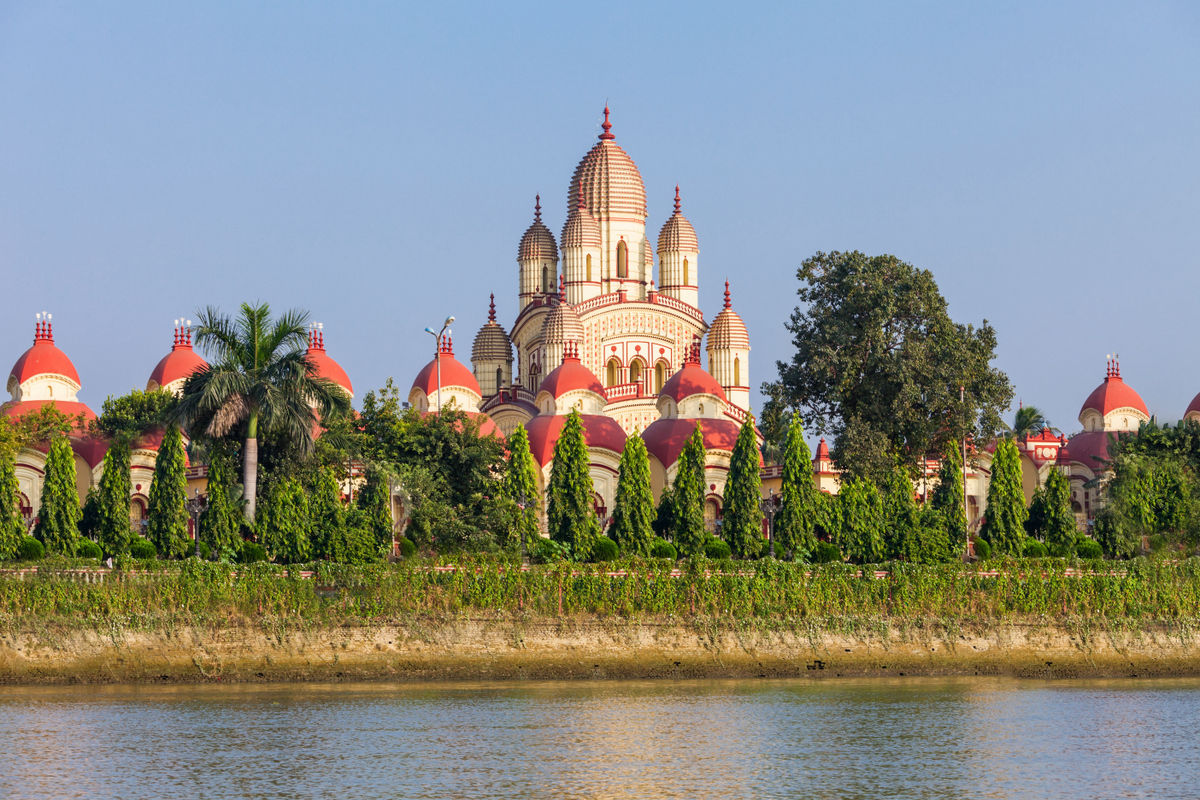
Board your homebound flight with colorful memories that will add untold pleasure to last for a lifetime.
